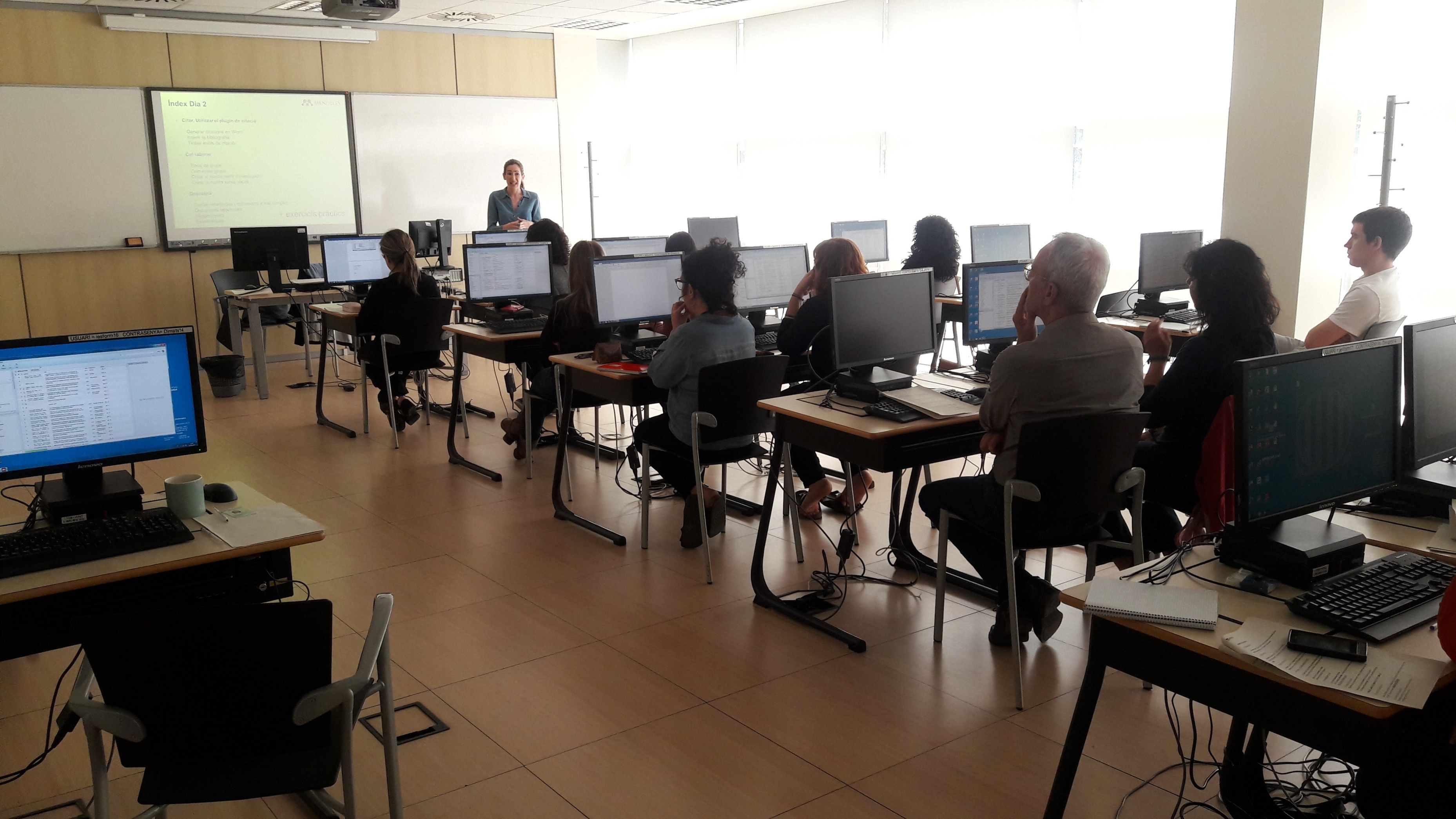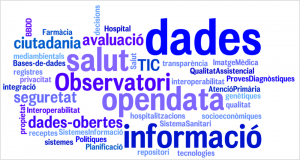Today we continue the interview with Maria Bodí (@mariabodi23), doctor at the Intensive Medicine Service, and Josep Gómez (@JosepGomezAlvarez), doctor in Biotechnology at the Hospital Universitari de Tarragona Joan XXII, experts in clinical management and aspects of quality and safety in healthcare.

In your opinion, what are the conclusions of the so-called Real World Data studies which were carried out using real data in terms of benefits and risks related to patient safety?
Benefits? Everything. Information derived from a real healthcare environment is necessary to take decisions. Randomised clinical trials which have defined the effectiveness and safety of therapeutic interventions have served till now as a Gold Standard of the best scientific evidence. But they are very costly, and what is more, they are aimed at very selective groups of patients. Studies and analyses derived from the real world, known as Real World Data, mean it is possible to know the effectiveness and safety of interventions in groups of patients which are usually excluded from trials (pregnant women, older people, patients with many comorbidities who are the majority, etc…).
There is a series of limitations and obstacles that prevent Real World Data from substituting clinical trials. On the one hand, legal and ethical aspects and those concerning the guarantee of the quality of data. On the other, it is not possible to accept the bias that there is when not randomising Real World Data. Before taking decisions, we need to ensure that there are no confusing factors.
Real World Data complements the information obtained from clinical trials in routine clinical practice.
Some weeks ago we received the visit of Lucian Leape in Barcelona, author of the extremely famous book “To Err is Human”. We were fortunate to be able to listen to him in a talk at AQuAS – were you able to listen to him?
No, unfortunately we were not able to attend. It is a pity because we were told that it was a good review of what we have learnt in the past two decades in the field of clinical safety and that some good recommendations were made for the future.
In your opinion, what contributions did the To Err is Human report, published 20 years ago, make?
It revolutionised the field of safety. It was a paradigm shift which is still in place today.
The To Err is Human report denounced the thousands of deaths in the United States resulting from adverse events which could have been avoided! People who were dying in hospitals for reasons unrelated to the disease for which they had been admitted. The most important thing is that those events, those deaths, could have been avoided. Better training, better work organisation, knowing and analysing risks and teamwork, among other factors, have been shown to be key elements that contribute to reducing the amount of events and their severity.
What impact has the PADRIS programme had on your day to day?
In 2016, MIMIC-II was published, a huge set of de-identified data of ICU patients of the Harvard Medical School. It was created and has been maintained by researchers at the Massachusetts Institute of Technology. They published this dataset with the aim of democratising research. The idea is that after attending a training course on the treatment of data for research, you are certified as a practising researcher and you sign a document of usage: ultimately, to enable a researcher to have access to a large data base to carry out research. In addition, it encourages researchers to share the code (data processing methodology) that they have applied to data to obtain the results they publish. Altogether, it makes studies more transparent and repeatable which in turn increases the excellence of scientific production.
As a result of our experience in extracting data from the clinical information system to develop our management tool of the unit, we took on the challenge of generating our own data base to carry out research. Once created, we contacted the PADRIS programme so they could advise us regarding data anonymisation protocols and methodologies to get access to the programme in order to carry out research. They showed great interest in our project at all times and they helped us see it to fruition and thus the role of the PADRIS programme was decisive in making the Datathon Tarragona 2018 possible. We are in fact still in contact with them to define future strategies about how to make this data available for research projects without infringing any data protection law and how to broaden the database with data from other ICUs in the Catalan territory.
If you could make a recommendation to other researchers who wish to do research, what would it be?
We recommend they collaborate with experts in other fields, especially those related to data and statistical technology. We are now reaching a level of sophistication and volume of data that obliges us to work in multidisciplinary teams in order to make the most of data and to understand it the best we can. The datathons are a great example of this; the role of the clinician is decisive in defining aims and in validating the results that appear when cutting edge algorithms are applied by data scientists. At the same time, the role of data scientists is also decisive when suggesting and applying complex methodologies which are far removed from traditional statistics applied within a clinical context.
What professional challenge would you like to succeed with in 2019?
The ultimate professional challenge for 2019 is the same as each year: improving the care given to patients which are admitted to an ICU. To achieve this, we have some very specific challenges in our unit. On the one hand, to continue developing our tool to exploit data which enables us to analyse processes and the results obtained in our day to day and in this way become aware of where we need to place our attention to make improvements. On the other hand, taking advantage of the secondary use of data to carry out research and to generate algorithms for automatic learning which are able to help a doctor take the most accurate and appropriate decisions based on the profile of each disease.
(You can read the first part of this interview here)






 The information generated by the interaction of citizens and the healthcare system keeps increasing in size. Just to get an idea, last year, only in Catalonia there were nearly 45 million consultations in primary care centres, more than 700.000 patients were hospitalised, and over 150 million prescriptions were made. However, there is much more stored in administrative records (diagnostic tests, medical imaging, hospital prescriptions, expenditures, etc.) which are kept and managed in large databases. Government officials are responsible for the safe keeping of this information, and it may use it to improve the quality of healthcare and for healthcare planning purposes.
The information generated by the interaction of citizens and the healthcare system keeps increasing in size. Just to get an idea, last year, only in Catalonia there were nearly 45 million consultations in primary care centres, more than 700.000 patients were hospitalised, and over 150 million prescriptions were made. However, there is much more stored in administrative records (diagnostic tests, medical imaging, hospital prescriptions, expenditures, etc.) which are kept and managed in large databases. Government officials are responsible for the safe keeping of this information, and it may use it to improve the quality of healthcare and for healthcare planning purposes.


